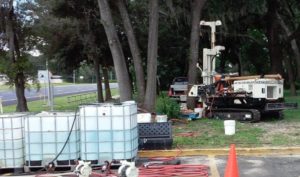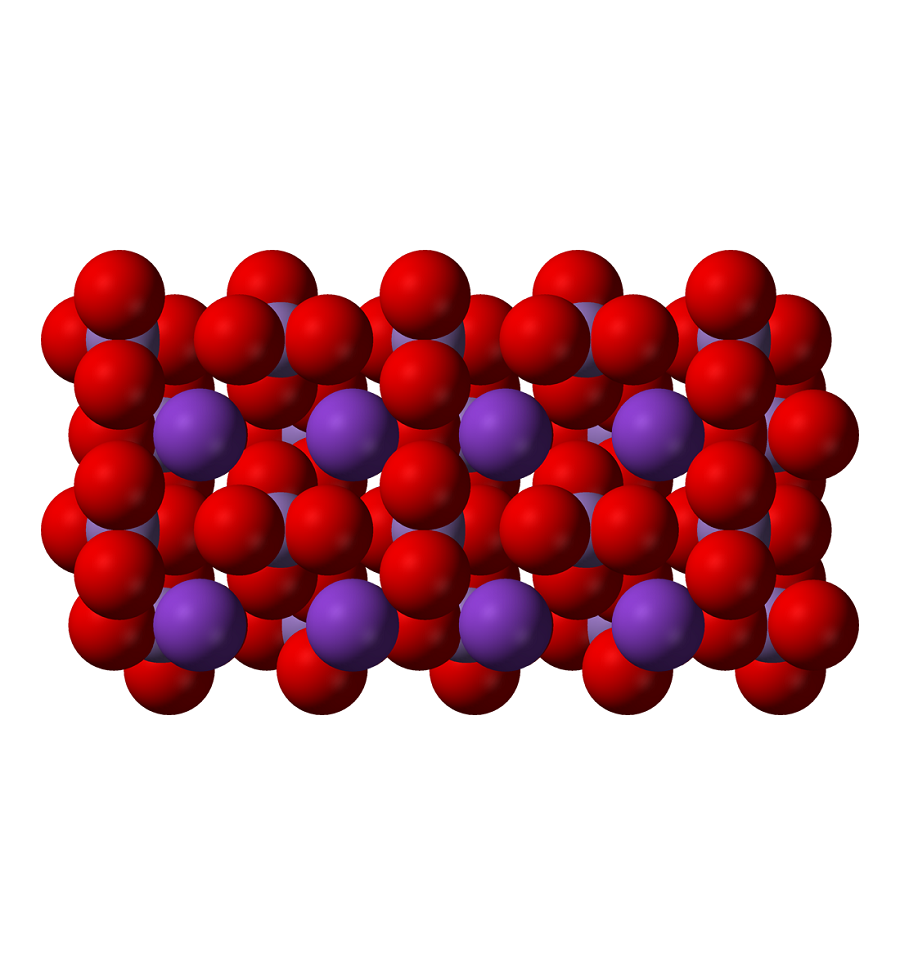Choose In-Situ Chemical Oxidation (ISCO) for treatment at the source.
To facilitate the chemical breakdown of hydrocarbons in the soil and groundwater, in-situ chemical oxidation, or ISCO, involves the use of concentrated oxidants. This chemical breakdown occurs as molecular bonds in organic compounds are “cleaved” and oxygen is inserted into the resulting fragments, producing end products of carbon dioxide, water, and harmless salts. The oxidation process is generally driven by the creation of aggressive oxidant radicals that react on contact. Site treatment works on contact and needs full oxidant contact for success.
ISCO application methods are often recommended with soil blending. Applications involve target liquid injection usually under mild pressure in order to “flush” the vadose zone and underlying saturated zone in order to desorb and oxidize target compounds. To reach target goals, desorption of contaminants from the soil matrix into the groundwater is required.
ISCO has been utilized since mid-1980s and is now a well-recognized go-to-method for remediating soil and groundwater. It is a source area treatment used for NAPL and higher dissolved contaminants. Because chemical oxidation is most effective when used directly in source areas, it works best when combined with soil blending or enhanced bioremediation for larger plumes.
Common chemical oxidants for ISCO
Ready to close your site?
Eden Remediation can help you close a site with ISCO. Contact us to get started with these suggestions:
- Start with a good estimate of cleanup mass and volume
- Choose the right chemistry and application (ISCO / ISCR)
- Treatability testing may be beneficial
- Design a “best-fit” strategy (“zoned” treatment approach)





